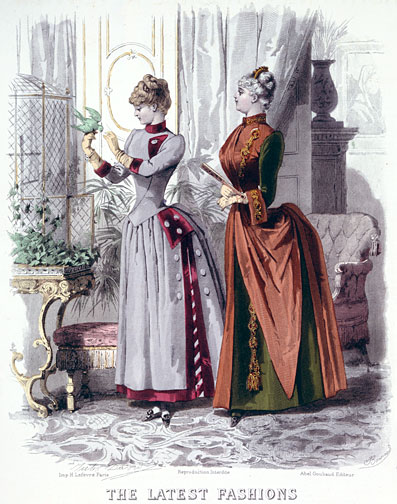Historical Perspectives

Living in the era of body piercing and tattoos, we need to adopt a historical perspective to understand why women of the past endured corsets and sported bustles.
Library and Archives Canada / C-115931
“The past is a foreign country” and thus difficult to understand. What could it have been like to travel as a young fille du roi to New France in the 17th century? Can we imagine it, from our vantage point in the consumer society of the 21st century? What are the limits to our imagination?
Understanding the foreignness of the past is a huge challenge for students. But rising to the challenge illuminates the range of human behaviour, belief and social organization. It offers surprising alternatives to the taken-for-granted, conventional wisdom, and opens a wider perspective from which to evaluate our present preoccupations.
Taking historical perspective means understanding the social, cultural, intellectual, and emotional settings that shaped people’s lives and actions in the past. At any one point, different historical actors may have acted on the basis of conflicting beliefs and ideologies, so understanding diverse perspectives is also a key to historical perspective-taking. Though it is sometimes called “historical empathy,” historical perspective is very different from the common-sense notion of identification with another person. Indeed, taking historical perspective demands comprehension of the vast differences between us in the present and those in the past.

